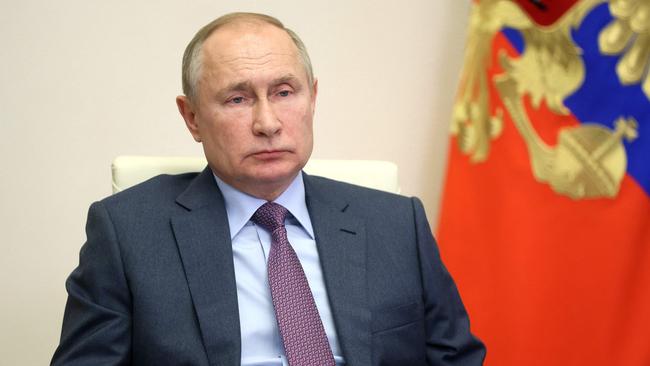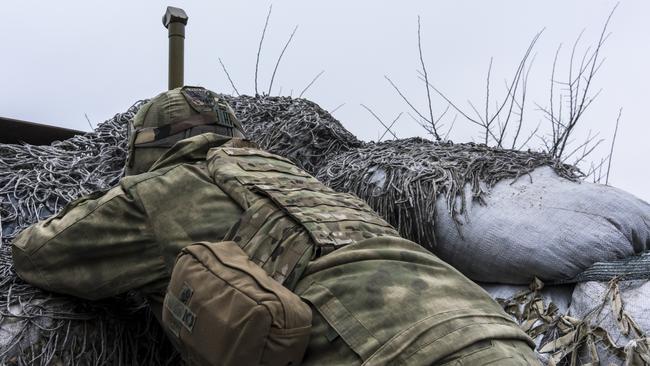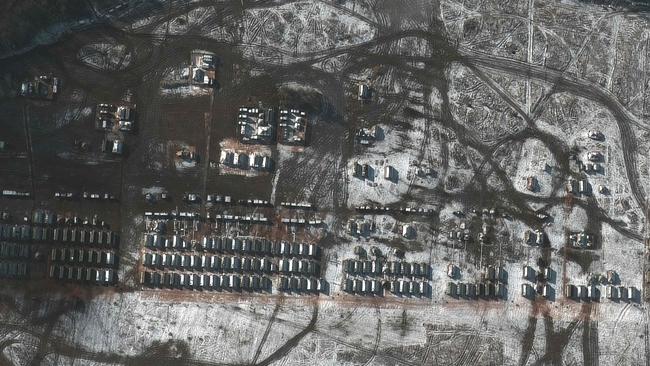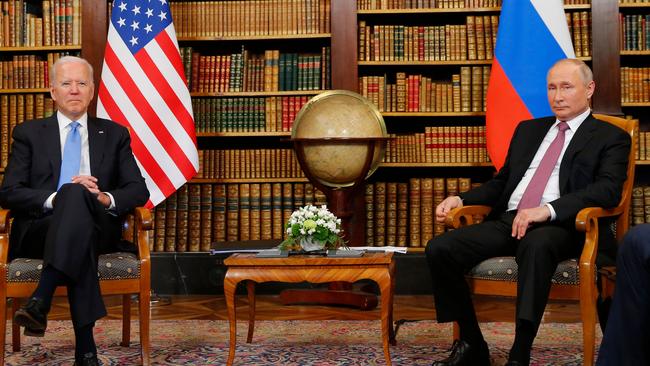West shouldn’t fall for Vladimir Putin’s Ukraine bluff

Forty years ago this week I was invaded by Russian proxies. That’s to say I was a youngish correspondent living in Poland at the moment that martial law was declared. The country, 16 months into the vibrant Solidarity revolution, had its plug pulled: midnight arrests, detention camps to house the first 5,000 rounded up, dusk-to-dawn curfews, all phones cut off, Polish soldiers and a nasty riot police enforcing a graveyard calm.
The not-so-secret deal between the generals, led by Wojciech Jaruzelski, and the Kremlin was that the army would restore “order” in the Polish way (that is, none of the rebels would be sent to Siberia). In return the Soviet leadership would be spared the blood, the gallons of blood that a full-on invasion would entail. Think the 1956 Hungarian uprising when Soviet units slaughtered the rebels.
Jaruzelski seemed an appropriate man to do the dirty work. He had been an officer in the Polish contingent that made up the Warsaw Pact invasion of Czechoslovakia in 1968. That had been less bloody than Hungary partly because the Russians in particular had gone in with overwhelming force: Spetsnaz commandos seizing Prague airport, the mass airlift of troops and across the land borders, some 500,000 troops and 2,000 tanks. It was supposed to take four days and yet, even with no military resistance from the Czechs, it was eight months before the invaders headed home. And like Hungary it was a blow to the international communist movement.

Before the Czech invasion there had been small signs that something was afoot and they have become a standard marker for western military experts watching for trouble in the east. There were three big military exercises that year ironing out communications problems between Warsaw Pact tank units. There was an air defence exercise. And most significantly there were training exercises on improving the mobilisation of reservists in the countryside, some requisitioning of civilian trucks and military trains travelling from east to west. In the first invasion scare in 1981 Poland western intelligence drew sinister conclusions from soldiers being sent to the fields to speed up the harvest. Roads were improved.
The striking thing now about the build-up on Ukraine’s borders is how publicly it is being carried out. Emergency medical centres are being set up, tank divisions from Russia’s western military district have been practising taking out anti-tank rockets similar to the US Javelins now being deployed by the Ukrainians. Missile launchers are on the move. Moscow seems actively to be seeking out possible flashpoints that could be turned into an excuse for war. Last week the Russians intercepted a clapped-out 50-year-old Ukrainian vessel that was sailing 18 nautical miles away from the disputed Kerch Strait. RT, the Russian government station, denounced it as a “Ukrainian provocation”.

Putin’s way of war is surprise coupled with overwhelming force; from the Russian point of view that worked well in the bombardment of Aleppo. Strategic bombers pounded their supposedly Islamist targets and were back in Russia for dinner. The attacks helped to consolidate the rule of Bashar al-Assad and the lessons of that in-and-out form of combat are already being discussed in Russian military academies. Today the Russians seem to be a bristling army in search of a casus belli to start a very different kind of war, one that gives Joe Biden a bloody nose and keeps America out of the contested part of eastern Europe.
It is expensive to keep such a large force out of barracks for so long (some were already exercising in the area in the spring and summer) and a decision - start hitting the contested areas of Ukraine or get out - has to come soon. Spreading troops across Ukraine’s borders is perhaps an attempt to keep one element of surprise, its timing and its direction.
My bet is that such a trumpeted military concentration is bluff. Large-scale exercises this year nudged Biden into talks. Now Putin wants more. Those troops haven’t gone home, are looking edgier, the Ukrainian government is sounding the alarm. War draws Biden’s attention and he regards Ukraine as one of his specialist subjects. Great presidents have sometimes been defined by their ability to outwit their Russian counterparts. This may be the moment when he can redeem the messy Afghan exit by showing that he can bring peace to the troubled eastern borderlands. More likely though is that Putin tries to hoodwink him.

Putin’s bluffs often have two or three dimensions. His first aim this time round will be to present Russia and the US as equal co-managers of global crises, excluding west Europeans and spreading dissension in Nato. Then he will want the so-called Russian sphere of interest to be formalised. Finally, he wants the Ukrainian leadership to lose credibility and perhaps fall apart in the face of his growling military. Only then will he let his soldiers go home. Along the way this poker play might be interspersed with escalation - a cyberattack, say, on the Ukrainian power grid. But ultimately Russia’s soldiers are more useful to him just looking tough rather than losing their lives, bogged down in a winter war.
The Times



Russia has plenty of brawn - a million active troops and two million in reserve - but does it know how to use it effectively for political gain? As 100,000 troops concentrate around the borders of Ukraine, that’s a fair question to ask. Vladimir Putin could be gathering an army of invasion and occupation but that hasn’t gone well in the past. So what is the Kremlin up to?